2023 Nissan Leaf Plus Review: Turn Over a New One

Not so long ago, the Nissan Leaf was cutting edge.
The first-generation model was one of the very first mass-produced electric cars on our shores. Sure, it had a short range, but it hit a sweet spot in the market as a relatively affordable, relatively spacious option between the… Mitsubishi i-MiEV and the Tesla Model S.
Yep, times change. Here on the cusp of 2024, the EV landscape is much more populated, not just in other segments but in the one the Leaf calls home. Unfortunately for Nissan’s little hatchback, the Leaf has begun to feel very old, struggling to justify its spot in small but competitive segment: the affordable EV.
Love It | Leave It |
|---|---|
Ease of operation | Pricey for what you get |
Looks pretty good now | Tech lineup is dated |
Two battery capacity options | Range isn't competitive |
What’s new?
Nissan treated the Leaf to a slight facelift for this year. The theme is “dechrome,” as the headlight inners and not-a-grille surround both go to black gloss. Nissan’s new badge is of course front (and rear) and center, too. The most obvious changes, at least on the Plus models, are the retro-tastic cheese-grater 17-inch alloy wheels. They’re cool as heck. The de-weirding is pretty thorough at this point in the Leaf’s life; this could just as easily be a modern Versa Note as it is an electric car.
Inside, the Leaf adopts an 8.0-inch infotainment screen on all trims. There’s not much other news in the cabin: Nissan highlights a new start-up animation, to give you an idea.
The powertrain choices are carryover from last year. Base-model Leafs get a 40-kilowatt-hour battery pack and a single electric motor. The important stats are 147 horsepower, 236 pound-feet, and 149 miles (240 kilometers). The Plus models bump those figures to 214 hp, 250 lb-ft, and 212 miles (342 km). Front drive is the only choice here, similar to other brands’ entry-level EVs like the Kia Niro EV, Hyundai Kona EV, and (now discontinued) Chevrolet Bolt.
Sometimes outnumbered, always outgunned
The Leaf’s power figures are wholly on-par with the afore-mentioned competitive set. It’s a deceptively speedy little thing, and the tidy dimensions make it easy to weave through urban traffic. The steering is gentle-breeze light, and there’s even less feedback—this isn’t a baby GT-R of course, but a little more resistance wouldn’t be missed. Nissan has kept the silly ball shifter from the original, and it’s still an odd thing to interact with. As my better half points out, if you need a diagram of your shift pattern, you’re doing it wrong.
On the flip side, kudos to Nissan for keeping one-pedal driving (“e-Pedal”) here when the newer Ariya skips it. In fact, the brake pedal is a
Where the Leaf stumbles is its efficiency. In a week that still saw temperatures above freezing, the little hatch struggled to beat 19.0 kWh/100 km. That’s a hair over 3.25 miles per kWh, which works out to 195 miles of range. I even lightly babied the thing, and drove more city than highway miles.
Comfortable cabin
American buyers, don’t look too closely at this tester’s leather interior. The 2023 Canadian lineup includes this SL Plus trim, which in addition to the upgrades seating surface adds a Bose sound system, integrated side mirror turn signals, and a universal garage door opener. This fanciest of Leafs disappears from the lineup for ’24. Plus models drop in gloss black trim bits so you can keep an extensive fingerprint collection.
The seats themselves are reasonably comfortable, though offer little bolstering or lower back support. Back-seat comfort is a similar story: the seat cushions are flat (boo) but well-angled (yay)—but legroom is only okay at 33.5 inches (851 millimeters). And why is there a big ol’ transmission tunnel bump? At least the windows are sizeable.
Cargo capacity is unchanged at 23.6 cubic feet (668 liters), which expands slightly to 30.0 cubes (850 L) with the 60/40 folding seats tucked. It’s an awkwardly-shaped space, so large and flat objects will be a challenge.
Aging tech
The Leaf’s dated 8.0-inch touchscreen gets the job done but that’s about it. The response times are slow and the menus aren’t pretty. That being said, the Nissan claws back some brownie points by keeping actual physical buttons and dials on either side of its screen. Same goes for the bow tie of buttons just below: it’s super-easy to operate without looking. That’s a win!
Nissan’s adaptive cruise control, dubbed ProPILOT Assist, works as described, with smooth speed adjustments. Blind spot warning and rear cross-traffic alert are also effective without being overbearing. The backup camera is very grainy, however. While Nissan happily fits its quite-good 360-degree camera on most of its ICE models, the Leaf sadly does without.
The CHAdeMO charger is also feeling a little old hat these days. Not only is it hard to find one for public fast-chargers—only the Leaf and Mitsubishi Outlander PHEV persist with this plug—but it struggles to match more modern charging speeds. The standard 10–80 percent charge measure is 60 minutes for the larger battery pack. For reference, the Kona EV will do the same feat in about 43 minutes.
Dollars and sense
In America, Nissan has taken a high-low approach to the Leaf: a budget-friendly, small-battery Leaf S squeaks in at $29,135 including destination. The SV Plus shifts that asking price to $37,135. That sticks the Leaf right between its Korean competitors’ starting prices, both of which offer more range and more tech—though the stickers do still climb from there. The Bolt is a screaming deal at the Leaf S’ price range.
Canada is tougher. The lineup starts with the regular-range SV at $43,343 including destination. The larger-capacity battery adds $5,750 to the bottom line, edging close to the $50k barrier. This tester, with its two-tone paint, rings in at $52,738 CAD. At that price the EV versions of the Kona, Niro, and Soul (yes, Canada gets that one too) all soundly out-point the Nissan.
Verdict: 2023 Nissan Leaf Plus Review
The 2023 Nissan Leaf Plus is not a bad car. Even if it’s feeling less than fresh, this is a totally agreeable all-electric urban companion.
The problem is that the smaller Nissan EV offers precious few unique features. It’s not significantly cheaper. It’s not better on range, nor does it have the best tech, or even the most enjoyable drive. Rumor has it the next iteration will grow and become more SUV-like. Nissan redefined our idea of EVs once before; now it needs to redefine the Leaf itself.
Become an AutoGuide insider. Get the latest from the automotive world first by subscribing to our newsletter here.

Kyle began his automotive obsession before he even started school, courtesy of a remote control Porsche and various LEGO sets. He later studied advertising and graphic design at Humber College, which led him to writing about cars (both real and digital). He is now a proud member of the Automobile Journalists Association of Canada (AJAC), where he was the Journalist of the Year runner-up for 2021.
More by Kyle Patrick





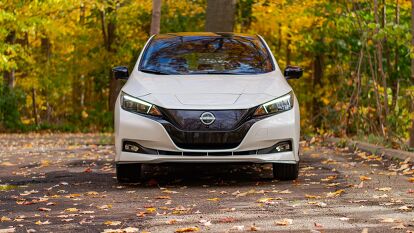











































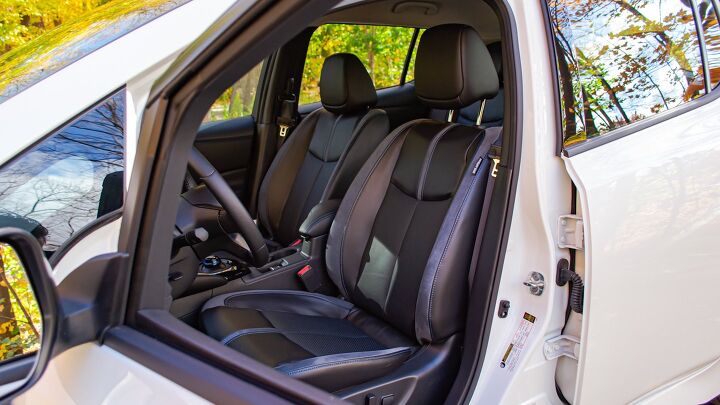





















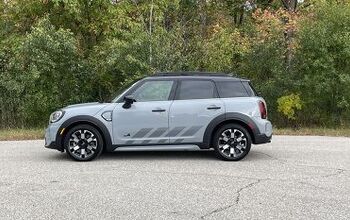
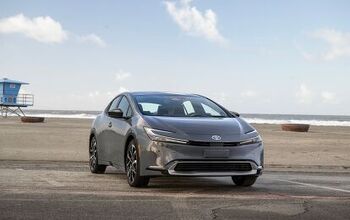

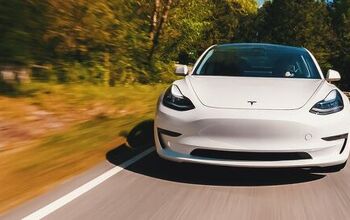
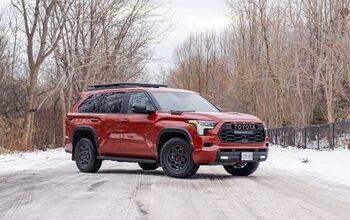
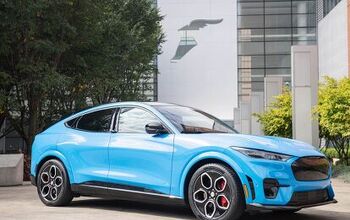

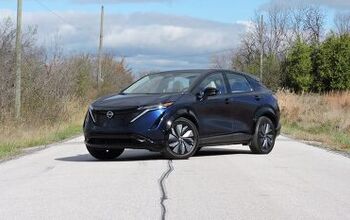


Comments
Join the conversation